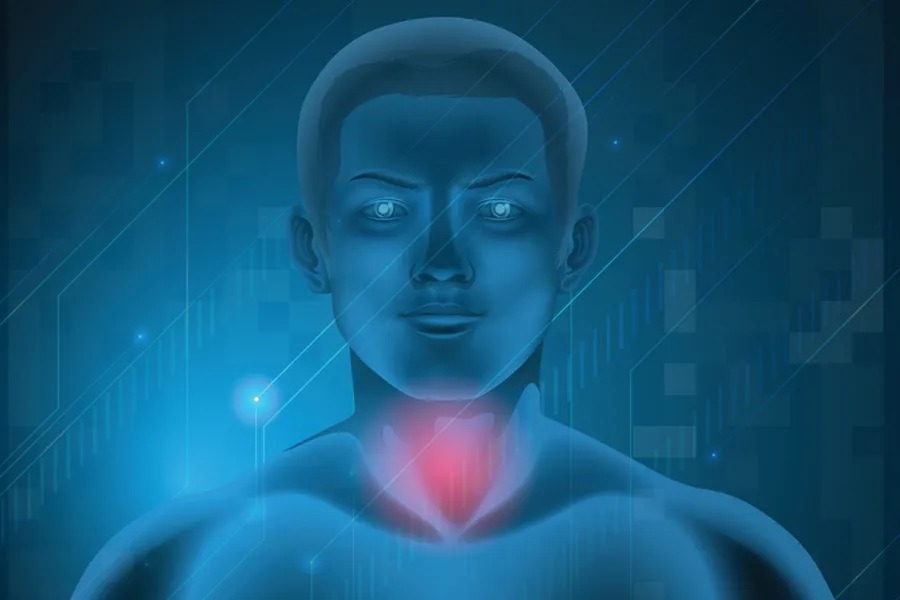Adaptive proton therapy for head and neck cancer
The project investigates how tailored adaptation strategies for head and neck proton therapy can guide treatment decisions and improve patient outcomes.

Principal Investigator: Grete May Engeseth (gmen@ihelse.net)
Team/collaborators: Jon Espen Dale, Marianne Brydøy, Helge Seime Pettersen, Camilla Boer
Background
Head and neck cancer affects over 800 individuals annually in Norway, with about 75% receiving radiotherapy as part of curative treatment. As survival improves, reducing radiation-induced toxicity— which significantly affects post-treatment quality of life—has become a priority. Proton therapy represents a significant advancement by delivering precise doses while sparing healthy tissue. When combined with adaptive radiotherapy, which adjusts treatment plans based on anatomical changes during therapy, proton therapy may further reduce treatment-related toxicity.
Goal
Develop and evaluate dynamic adaptive radiotherapy strategies with a focus on reducing common long-term side effects in patients with head and neck cancer.
Approach
We will investigate and develop adaptive strategies guided by multimodal imaging to track anatomical and functional changes during treatment. Approaches include plan-of-the-day selection, as well as offline and online adaptation methods, with systematic dose adjustments based on patient-specific anatomical changes. Simulation studies will be used to optimize protocols aiming to reduce normal tissue complication probability while maintaining adequate target coverage. These protocols will be tested in a prospective pilot study to evaluate their clinical feasibility and potential therapeutic benefit.
Impact
The project will generate new insights into how adaptive radiotherapy can be used to reduce treatment-related toxicity. In addition, it will lay the groundwork for future hypotheses exploring the added clinical value of adaptive proton therapy compared to its photon-based counterpart.